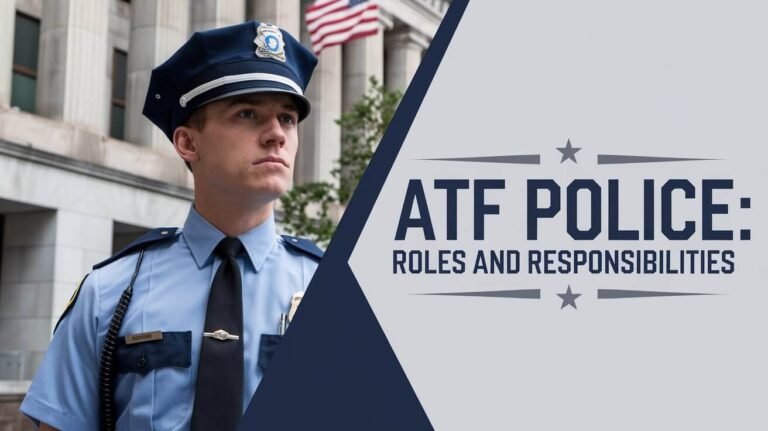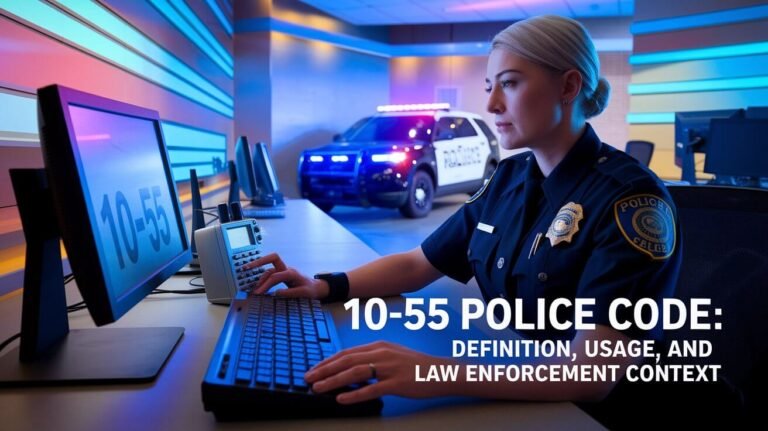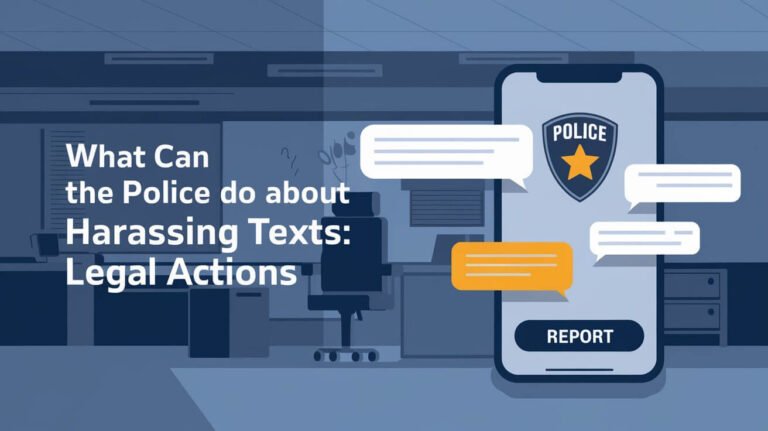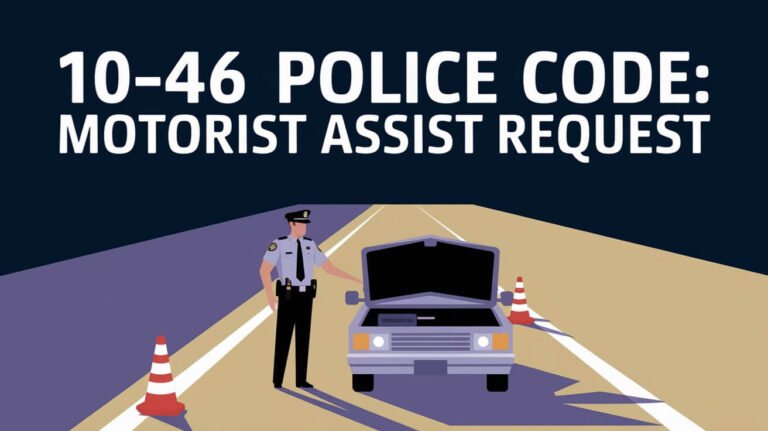Maine Police Scanner Frequencies & Channel Updates

Knowing what’s happening with local emergency services and law enforcement is key for safety in Maine. Police scanner frequencies are a big help, giving us live updates on incidents and operations. With Maine’s state agencies moving to the MSCommNet P25 digital VHF trunked system, knowing the different frequencies is important.
Maine’s public safety depends a lot on clear communication. Police scanner frequencies are a big part of this. They help keep the community safe and informed.
In Maine, police scanner frequencies are used by the Maine State Police, local police, and emergency services. These frequencies let the public know about local events, traffic, and emergencies. By listening to these frequencies, people can better understand Maine’s public safety scene. This helps make our community safer and more aware.
Local Police Department Radio Channels
Law enforcement radios are key to keeping us safe. Knowing police frequencies is vital for clear communication. In Maine, police use special channels to work together and handle emergencies fast.
Each police department has its own set of frequencies. For example, the Portland, Bangor, and Augusta Police Departments use different ones. This lets people stay updated on local news and emergencies. It also helps police talk to each other smoothly.
Police Department Frequencies
Here are some frequencies used by Maine police:
- York County: 150.8825 MHz
- Androscoggin, Cumberland & Oxford: 155.6550 MHz
- Franklin, Kennebec & Somerset: 155.4600 MHz
These frequencies are for police radios. They let departments talk to each other and emergency services. Knowing these frequencies shows how important clear communication is for our safety.
| County | Frequency |
|---|---|
| York County | 150.8825 MHz |
| Androscoggin, Cumberland & Oxford | 155.6550 MHz |
| Franklin, Kennebec & Somerset | 155.4600 MHz |
Maine State Police Radio Systems
The Maine State Police are key to keeping the state safe. Their radio systems help them talk and work together well. They use public safety frequencies to keep their talks safe and clear.
Their radio systems cover the whole state. This means they can quickly help in emergencies. Using public safety frequencies keeps their talks clear, without other radio noise getting in the way.
Some important features of the Maine State Police radio systems include:
- Statewide coverage
- Secure and reliable communications
- Use of public safety frequencies
- Ability to coordinate efforts with other emergency services
Maine State Police aim to keep everyone safe with their radio systems. They use public safety frequencies and the latest technology. This helps them stay ahead of dangers and protect the public.
| Feature | Description |
|---|---|
| Radio System | Statewide coverage, secure and reliable communications |
| Public Safety Frequencies | Use of dedicated frequencies to prevent interference |
| Emergency Response | Ability to coordinate efforts with other emergency services |
County Sheriff Department Frequencies
County sheriff frequencies are key for law enforcement to work together and respond to emergencies. In Maine, each county has its own frequencies for dispatch and communication. Knowing these frequencies helps people keep up with law enforcement activities.
To find county sheriff frequencies, check out the list for Cumberland, York, and Penobscot counties. These frequencies help law enforcement talk to each other quickly. This makes it easier to handle emergencies and crimes.
Cumberland County Channels
- York SO DISP: 154.995 KNBF233 RM
- York EMA 1: 159.780 WPAE386 BM
- Sanford RCC1-8: 460.450-625 WPCT517, WPKC446 RM
York County Channels
- Acton LCL: 460.075 WP DH564 RM
- Alfred FDPri/Tac: 461.5875/462.225 WPEP966 RM
- Arundel PW/FD1/3: 159.015 WNZF593 RM, 453.075 K FN716 RM
Penobscot County Channels
Penobscot County also has its own frequencies for law enforcement. By knowing these frequencies, people can see how emergency responses and crime prevention work. It’s a way to understand the efforts of law enforcement.
Emergency Medical Services Bands
Emergency medical services (EMS) are key in keeping us safe. In Maine, they use special frequencies for quick communication. This helps them respond fast to emergencies across the state.
These frequencies let EMS send out ambulances and plan medical help. For example, Region 1 uses 155.3250 MHz for York, Cumberland, and Sagadahoc Counties. Region 2 uses 155.3400 MHz for Androscoggin, Franklin, and Oxford Counties. This way, EMS can get to emergencies quickly and help those in need.
The following table outlines the regional ambulance call-in frequencies in Maine:
| Region | Frequency | Counties |
|---|---|---|
| Region 1 | 155.3250 MHz | York, Cumberland, Sagadahoc |
| Region 2 | 155.3400 MHz | Androscoggin, Franklin, Oxford |
| Region 3 | 155.4000 MHz | Kennebec, Somerset, Western Waldo |
| Region 4 | 155.3550 MHz | Penobscot, Piscataquis, Washington, Hancock |
| Region 5 | 155.3400 MHz | Aroostook |
| Region 6 | 155.3400 MHz | Knox, Lincoln, Eastern Waldo |
Knowing EMS frequencies is key for a quick emergency response. By learning these, you see how vital EMS is for our safety.
Maine Police Scanner Frequencies Chart
Understanding police scanner frequencies in Maine is key. A detailed chart helps sort out these frequencies by type. This chart is a must-have for anyone wanting to keep up with local police news. It lists both VHF and UHF frequencies, which are vital for listening to police talks.
Some important frequencies you’ll find on the chart are:
- VHF frequencies: used by local police departments, such as the Calais Fire Department (Rx/Tx 154.055, Rx 155.760, Tx 153.845) and the Eastport Police Department (154.025)
- UHF frequencies: used by state and federal agencies, such as the Washington County S.O. (155.565)
- Digital trunking systems: used by larger agencies to manage multiple frequencies and users
A police scanner frequencies chart is a great tool for anyone in Maine. It covers both VHF and UHF frequencies, giving a full view of the state’s scanner landscape. With this info, users can grasp the complexity of police communications in Maine. They can also stay updated on local law enforcement happenings.
Scanner Equipment Requirements
To monitor police frequencies well, you need the right scanner equipment. The quality of the signal depends on the scanner and antenna you choose. Think about the frequency range and transmitter power when picking your equipment.
When picking a scanner, consider its frequency range, from 70 GHz to 80 GHz. The transmit power is about 1 mW. Also, the time it takes to scan, around 32 ms per panel, matters. Plus, scanners with thousands of antennas offer top-notch scanning.
For police scanner needs, look for one that covers a wide range of frequencies. This includes VHF and UHF. The antenna should match the frequency range. Handheld and base scanners are good for both personal and professional use.
Here are some key features to look for in scanner equipment:
- Frequency range: 70 GHz to 80 GHz
- Transmit power: approximately 1 mW
- Data acquisition time: around 32 ms per panel
- Multistatic operation with thousands of transmitter and receiver antennas per panel
Choosing the right scanner equipment, you can monitor police frequencies effectively. This helps you stay updated on emergencies in your area. Whether you’re a pro or a hobbyist, the right scanner ensures you get clear signals and stay connected to public safety.
Legal Guidelines for Scanner Use in Maine
Knowing the laws about scanner use is key for people living in or visiting Maine. The state has rules, called Maine scanner regulations, that say how you can use police scanners. It’s important to know these laws to stay out of trouble.
Scanner laws change from state to state. In Maine, the focus is on using scanners responsibly. You can use police scanners, but there are rules. For example, using a scanner while driving is banned in some places, but Maine has its own rules about scanners and crime.
State Regulations
Maine’s scanner rules aim to find a balance. They let people access public info but stop misuse of scanners. The state’s authorities make sure everyone follows these rules.
Federal Communications Rules
Federal rules also guide scanner use in Maine. The 1934 Communications Act says public airwaves are for everyone, including police scanners. But, scanner use must follow federal rules to avoid disrupting emergency calls and other authorized uses.
Privacy Considerations
Privacy is a big part of scanner use laws in Maine. The state’s rules try to keep people’s privacy while allowing scanner use for real reasons. It’s important to know these rules to make sure scanner use doesn’t hurt others’ privacy.
To follow Maine’s scanner rules and laws, it’s best to talk to a lawyer or check the official state website. This way, people can use police scanners while following the law and respecting others’ rights.
| State | Scanner Use Restrictions |
|---|---|
| Florida | Prohibited while driving |
| Indiana | Prohibited while driving |
| Maine | Specific regulations regarding use in relation to criminal activities |
Dispatch Code Reference
Listening to police scanner frequencies in Maine? It’s key to know the dispatch codes. These codes let dispatchers talk fast with officers. They help you get more out of your scanning.
Some common codes in Maine are:
- 10-4: Message received
- 10-20: Location
- 10-28: Vehicle registration check
Police codes differ by department but often use the same ones. Learning these codes helps you understand police talks better.
| Code | Meaning |
|---|---|
| 10-1 | Receiving poorly |
| 10-2 | Receiving well |
| 10-3 | Stop transmitting |
Knowing dispatch and police scanner codes boosts your scanning fun. It lets you peek into the world of law enforcement talks.
Last Thoughts
As we wrap up our look at police scanner frequencies in Maine, it’s clear that knowing about local emergency services is key. Whether you’re a first responder, a community member, or just someone who wants to stay in the loop, knowing these police scanner frequencies is important. It helps you stay prepared and aware of efforts to keep our communities safe.
Learning about the Maine public safety scene can make you more involved in local issues. It keeps you updated on new situations and might even help in emergency responses. The details in this article are a great resource for anyone looking to understand the communication channels that protect our state.
Post FAQs & Solutions
What are the significance of police scanner frequencies in Maine?
Police scanner frequencies in Maine help people stay updated on local emergencies and police actions. This awareness is key to public safety.
What are the frequencies used by the Portland, Bangor, and Augusta police departments in Maine?
The Portland, Bangor, and Augusta police use specific radio frequencies. These can be tuned into with a police scanner.
How are the Maine State Police radio systems organized and what frequencies do they use?
The Maine State Police use a wide radio system for public safety. They operate on many frequencies to work together effectively.
What frequencies are used by the county sheriff departments in Cumberland, York, and Penobscot counties in Maine?
The sheriff departments in Cumberland, York, and Penobscot counties have their own frequencies. These can be accessed with a police scanner.
What are the emergency medical services (EMS) bands in Maine and how do they operate?
EMS in Maine use critical frequencies for emergency responses. They play a big role in keeping people safe.
Where can I find a comprehensive chart of Maine police scanner frequencies?
A detailed chart of Maine police scanner frequencies is available. It covers VHF, UHF, and digital systems, making it easy to find what you need.
What equipment is required to effectively scan police frequencies in Maine?
To scan police frequencies in Maine, you need the right scanner and antenna. This equipment is key to clear reception.
What are the legal guidelines for using police scanners in Maine?
Using police scanners in Maine follows state and federal laws. It’s important to know these rules to stay legal and respect privacy.
What are the common dispatch codes used by law enforcement in Maine?
Knowing common dispatch codes helps understand police communications. It’s useful for those who listen to police frequencies.






